- Barge & Tugboat Injuries
- Cargo, Tanker & Container Vessels Injuries
- Cruise Ships Injuries
- Defending the Rights of Injured Offshore Oil and Natural Gas Workers
- Dive Boats Injuries
- Dredging Vessel Injuries
- Explosion & Burn Injuries
- Fixed Platform Injuries Lawyer
- Head & Brain Injuries
- Injuries on Vessels
- Inland Marine Injuries
- Line And Cable Injuries
- Maritime Gangway Injuries
- Offshore Drilling Rig Injuries
- Offshore Lifting Injuries
- Offshore Tool Injuries
- Spine, Neck And Back Injuries
- Texas Offshore Injuries
- Transportation Vessels Injuries
- Workboat Accident Injuries
Houston Offshore Drilling Rig Injuries Attorneys
Drilling for gas or oil on an offshore rig combines powerful equipment with the high seas and long work hours. Accidents and injuries almost certainly will happen. The cause of the accidents often can be attributed to negligence by co-workers or the employer. If you suffer an injury while working on an offshore oil or gas rig you should contact an experienced maritime injury attorney. The attorneys at Doyle Dennis Avery LLP have experience in drilling rig accidents and will fight to get clients the full amount of monetary compensation you deserve.
Our firm represents injured workers on jack-up rigs, semi-submersible rigs and drillings rigs located around the world. If you are hurt on the job in the Gulf of Mexico, the Gulf of Alaska, the North Sea, the coasts of Africa, or other international locations we can help you. We have helped clients in claims involving:
- Explosions and Burns
- Loss of limbs and Appendages
- Head and Brain Injuries
- Neck Injuries
- Back Injuries
- Trips, Slips and Falls
- Transportation Accidents
- Collisions and Hits to the Body
- Wrongful Death
After suffering an injury while working on a rig, you and your family probably are feeling overwhelmed and confused. You can trust the experience and skills of the attorneys at Doyle Dennis Avery LLP to guide you through the legal process of an injury claim. We will fight to get you the compensation you deserve as quickly as possible. Compensation which includes medical bills, rehabilitation, lost wages and in some cases pain and suffering.
Our team puts excessive effort in investigating your claim to ensure you have the best case possible. We will identify and interview witnesses and experts to determine what caused the accident. Our decades of experience allow us to understand what is needed to make a compelling case for full compensation. Our attorneys work on a contingency fee basis.
You will not pay us unless we guide you to compensation. Contact our firm today to schedule a free consultation with one of our trusted and knowledgeable maritime attorneys. We will review your claim and answer your questions and concerns.
The Dangerous Reality of Offshore Drilling Operations
Offshore drilling represents one of the most hazardous occupations in the modern industrial world. The combination of powerful machinery, volatile substances, and unpredictable marine conditions creates an environment where the risk of serious injury or death is ever-present. At Doyle Dennis Avery LLP, we’ve dedicated our practice to protecting the rights of workers who face these dangers daily, ensuring they receive the compensation and support they deserve when accidents occur.
Critical Steps to Take After a Drilling Rig Injury
Immediate Actions After an Injury
The moments following a drilling rig accident are crucial for both your health and your legal rights. Following these steps can significantly impact your recovery and potential compensation:
1. Prioritize Medical Attention
- Seek immediate medical care, even for seemingly minor injuries
- Alert your supervisor and onsite medical personnel
- Don’t refuse medical treatment or try to “tough it out”
- Request transport to shore if necessary for proper medical evaluation
- Keep all documentation from initial medical visits
- Follow all doctor’s orders and treatment plans precisely
2. Report and Document the Incident
- Report the accident to your immediate supervisor
- Ensure an official incident report is filed
- Take photos of your injuries if possible
- Document the accident scene if safe to do so
- Note any equipment involved in the accident
- Record weather conditions at the time
- Get contact information from witnesses
- Keep copies of all paperwork related to the incident
3. Protect Your Legal Rights
- Do not sign any documents without legal review
- Avoid giving recorded statements to insurance companies
- Don’t accept initial settlement offers
- Refrain from discussing fault or blame
- Keep all medical bills and documentation
- Start a detailed journal of your injuries and recovery
- Document all conversations about the incident
- Save all correspondence related to your injury
4. Gather Important Information
Record or collect:
- Names and contact details of witnesses
- Photos of the accident scene and injuries
- Equipment serial numbers or identification
- Maintenance records if available
- Safety meeting documentation
- Weather reports
- Shift schedules
- Any relevant communication
5. Communication Best Practices
- Maintain professional communication with supervisors
- Document all conversations in writing when possible
- Keep copies of all emails and messages
- Record names and titles of everyone you speak with
- Note dates and times of all injury-related communications
- Save all medical correspondence
- Keep a log of attempted return-to-work discussions
What Not to Do After an Injury
1. Avoid Common Mistakes
- Don’t downplay your injuries
- Never skip medical appointments
- Don’t return to work without medical clearance
- Avoid discussing your case on social media
- Don’t accept quick settlement offers
- Never sign documents without legal review
- Don’t give recorded statements without legal counsel
2. Social Media Precautions
- Avoid posting about your accident
- Don’t share photos of your injuries
- Refrain from discussing your legal case
- Consider temporarily deactivating accounts
- Ask family not to post about your situation
- Don’t accept new friend requests from unknown persons
- Be cautious of private messages about your accident
Types of Drilling Rig Accidents and Their Causes
Drill string failures
Pipe handling accidents
Derrick and crane incidents
Hydraulic system failures
Power generation equipment problems
Loading/unloading incidents
Cable snap accidents
Falling object injuries
Stored energy releases
Equipment collapse
Lightning strikes
High wind incidents
Wave impact accidents
Ice formation hazards
Visibility-related accidents
Chemical burns
Respiratory problems
Confined space accidents
Fire and explosion risks
Pressure-related injuries
The statistics paint a sobering picture of the risks faced by offshore workers. Each year, hundreds of workers suffer serious injuries on drilling rigs, with incidents ranging from minor accidents to catastrophic events that claim multiple lives. These accidents often leave workers with permanent disabilities, ongoing medical needs, and the inability to return to their chosen profession. The impact extends beyond the injured workers to affect their families, who must cope with both the emotional trauma and financial consequences of these incidents.
Common Injuries in Offshore Drilling
Traumatic Injuries
Head and Brain Injuries
- Concussions
- Traumatic brain injuries (TBI)
- Skull fractures
- Neurological damage
- Memory loss
- Cognitive impairment
Spinal Cord and Back Injuries
- Herniated discs
- Spinal cord compression
- Paralysis
- Nerve damage
- Chronic pain conditions
- Mobility limitations
Occupational Illnesses and Conditions
Respiratory Problems
- Chemical inhalation effects
- Particulate exposure
- Chronic bronchitis
- Occupational asthma
- Lung damage
- Upper respiratory infections
Musculoskeletal Disorders
- Repetitive stress injuries
- Joint problems
- Tendonitis
- Carpal tunnel syndrome
- Lower back pain
- Shoulder injuries
Legal Framework and Worker Protection
Maritime Laws and Regulations
- Coverage requirements
- Negligence standards
- Maintenance and cure rights
- Statute of limitations
- Jurisdictional issues
- Compensation provisions
- Eligibility criteria
- Benefit calculations
- Medical treatment rights
- Vocational rehabilitation
- Death benefits
- Administrative procedures
- Flag state regulations
- Coastal state authority
- International conventions
- Enforcement mechanisms
- Cross-border claims
- Legal precedents
- Regulatory compliance
- Safety standards
- Worker rights
- Insurance requirements
- Liability issues
- International cooperation
You will not pay us unless we guide you to compensation. Contact our firm today to schedule a free consultation with one of our trusted and knowledgeable maritime attorneys. We will review your claim and answer your questions and concerns.
Compensation and Benefits
Medical Compensation
When it comes to immediate medical care after a drilling rig injury, comprehensive coverage is essential for worker recovery. Emergency treatment forms the foundation of initial care, often beginning with urgent response teams on the rig itself. Hospital stays may be necessary, ranging from short-term observation to extended periods of intensive care. Many injuries require surgical procedures, performed by specialized teams familiar with industrial accidents and trauma care. Throughout the recovery process, specialist consultations play a crucial role in ensuring optimal treatment outcomes. Diagnostic testing, including advanced imaging and laboratory work, helps medical teams understand the full extent of injuries and develop appropriate treatment plans. Medical transport, whether by helicopter from offshore rigs or specialized ground transportation, ensures injured workers receive timely care at appropriate facilities.
Long-term medical needs often extend far beyond initial treatment. Ongoing treatment may continue for months or years, requiring regular physician visits and monitoring. Physical therapy becomes a cornerstone of recovery, helping workers regain strength and mobility after serious injuries. Occupational therapy focuses on restoring the ability to perform daily tasks and, when possible, return to work activities. Specialized medical equipment, from mobility aids to rehabilitation devices, supports the recovery process. Prescription medications manage pain, prevent complications, and support healing. For severely injured workers, home health care provides essential support during recovery and rehabilitation.
Financial Compensation
Lost wages and benefits represent a significant concern for injured workers and their families. Current wage loss immediately impacts household finances, while future earning capacity may be permanently affected by serious injuries. Workers often lose substantial overtime compensation, which can represent a significant portion of their expected income. Bonus calculations must account for performance-based and safety incentives that would have been earned. Benefit replacement ensures continuity of health insurance, retirement contributions, and other employment benefits. Career impact assessment examines long-term professional consequences, including potential advancement opportunities lost due to injury.
Additional damages encompass the broader impact of injuries on workers’ lives. Pain and suffering compensation acknowledges the physical discomfort and challenges faced during recovery. Mental anguish recognition addresses the psychological impact of serious injuries and prolonged recovery. Loss of enjoyment compensation considers how injuries affect workers’ ability to participate in previously enjoyed activities. Emotional distress coverage accounts for anxiety, depression, and other psychological effects. Family impact evaluation examines how injuries affect relationships and family dynamics. Quality of life changes assessment considers the overall effect on daily living and personal satisfaction.
Prevention and Safety Measures
Safety Training and Protocols
Required safety training forms the foundation of injury prevention on drilling rigs. Basic safety orientation introduces workers to fundamental protocols and hazard awareness. Equipment operation training ensures proper use of complex machinery and tools. Emergency procedures preparation enables quick response to dangerous situations. First aid certification provides essential skills for immediate injury response. Hazard recognition training develops workers’ ability to identify and avoid dangerous conditions. Communication protocols establish clear channels for safety-related information sharing.
Ongoing safety management maintains and enhances protective measures over time. Regular drills reinforce emergency response procedures and maintain readiness. Safety meetings provide forums for addressing concerns and updating protocols. Equipment inspections ensure proper maintenance and early problem detection. Protocol updates incorporate new safety requirements and best practices. Incident reporting systems track and analyze safety concerns. Performance monitoring ensures compliance with safety standards and identifies areas for improvement.
Emergency Response Procedures
Immediate response actions form a critical component of drilling rig safety protocols. Emergency shutdown procedures protect equipment and personnel when dangerous conditions arise. Evacuation procedures ensure orderly movement of workers to safe locations during emergencies. Medical response protocols coordinate immediate care for injured personnel, integrating onsite medical resources with emergency transport services. Firefighting capabilities combine specialized equipment with trained response teams to address various fire scenarios. Spill containment measures protect both personnel and the environment from hazardous materials. Communication chains ensure clear, efficient information flow during emergencies, coordinating response efforts across all levels of operation.
Long-term response management ensures continuous improvement of safety systems. Investigation procedures systematically examine incidents to identify root causes and prevention opportunities. Documentation requirements create comprehensive records for analysis and legal compliance. Regulatory reporting ensures proper notification of relevant authorities and compliance with reporting requirements. Corrective actions address identified safety gaps and prevent incident recurrence. Policy updates incorporate lessons learned and evolving industry standards. Training modifications reflect new understanding of risks and prevention strategies.
The Legal Process
Initial Steps After an Injury
Immediate actions following an injury require careful attention to detail and proper procedure. Medical attention must be sought promptly, with thorough documentation of all treatments and diagnoses. Incident reporting creates an official record of the event and circumstances. Evidence preservation protects critical information for future investigation and legal proceedings. Witness statements capture fresh recollections of the incident and contributing factors. Documentation gathering assembles medical records, incident reports, and other relevant materials. Legal consultation provides early guidance on rights and responsibilities.
The investigation process builds a comprehensive understanding of the incident. Scene examination documents physical evidence and environmental conditions. Equipment inspection evaluates the role of machinery and tools in the incident. Record review examines maintenance logs, training records, and safety documentation. Expert consultation brings specialized knowledge to technical aspects of the investigation. Causation analysis determines how various factors contributed to the incident. Liability determination identifies responsible parties and legal obligations.
Legal Representation
Choosing an attorney requires careful consideration of multiple factors. Experience evaluation examines the lawyer’s history with similar cases and industry knowledge. Track record review assesses past success in maritime injury cases. Resource assessment ensures the firm can properly support complex litigation. Communication style compatibility ensures effective attorney-client relationship. Fee structure transparency provides clear understanding of costs and arrangements. Availability ensures adequate attention to case requirements.
Case development builds a strong foundation for legal proceedings. Evidence gathering assembles documentation, testimony, and expert analysis. Expert retention brings specialized knowledge to support technical aspects of the case. Damage calculation determines full extent of losses and compensation requirements. Strategy development creates an effective approach to achieving desired outcomes. Settlement evaluation assesses proposed resolutions against case strength. Trial preparation ensures readiness for court proceedings if necessary.
Industry-Specific Considerations
Types of Drilling Operations
Shallow water operations encompass various drilling configurations and challenges. Jack-up rigs provide stable platforms in relatively shallow waters. Platform rigs operate from fixed structures in established fields. Tender-assisted drilling offers flexibility for certain shallow water operations. Barge operations support near-shore drilling activities. Coastal drilling addresses unique challenges of operating near shorelines. Near-shore activities balance operational requirements with environmental considerations.
Deepwater operations require specialized equipment and expertise. Semi-submersibles provide stable platforms in deep water environments. Drillships offer mobility for various water depths and conditions. Dynamic positioning systems maintain vessel location during drilling operations. Subsea systems control underwater equipment and operations. Remote operations integrate advanced technology for efficient management. Advanced technology supports safe, efficient deepwater operations.
Equipment and Technology
Current technology enhances drilling operations and safety. Automated systems reduce human exposure to hazardous conditions. Digital controls provide precise operation of complex equipment. Safety mechanisms incorporate multiple layers of protection. Monitoring equipment provides real-time operational data. Communication systems ensure effective coordination across operations. Navigation technology supports precise positioning and movement.
Future developments continue advancing industry capabilities. Automation advances reduce human exposure to hazardous conditions. Safety innovations incorporate new protective technologies. Environmental protection measures reduce operational impacts. Efficiency improvements optimize resource utilization. Training enhancement leverages new educational technologies. Risk reduction strategies integrate advancing knowledge and capabilities.
Real Case Successes, Real Results
Oil Rig Injury Lawyer: Injury and Legal Rights FAQ
Free Consultation
Schedule a no-obligation consultation to discuss your case with our experienced maritime attorneys. We’ll review your situation, answer your questions, and explain your legal options.
Remember: We work on a contingency fee basis – you pay nothing unless we win your case.
related practice areas
- Maritime Lawyer
- Houston Maritime Lawyers
- Maritime Workers Rights
- Maritime FAQ
- Disputes with Maritime Leaders
- Maritime Companies
- Maritime Employers Lawsuit
- American Offshore Accident Lawyers
- Texas Maritime Injury Lawyers
- Louisiana Maritime Accident Lawyers
- Mississippi Maritime Accident Lawyers
- Alabama Maritime Accident Lawyers
- Florida Maritime Accident Lawyer
- New York Maritime Accident Lawyers
- California Maritime Accident Lawyer
- Alaska Maritime Injury Lawyers
- International Maritime Lawyers





